Suckers On Lemon Trees: What Are Tree Shoots At Base Of Lemon Tree
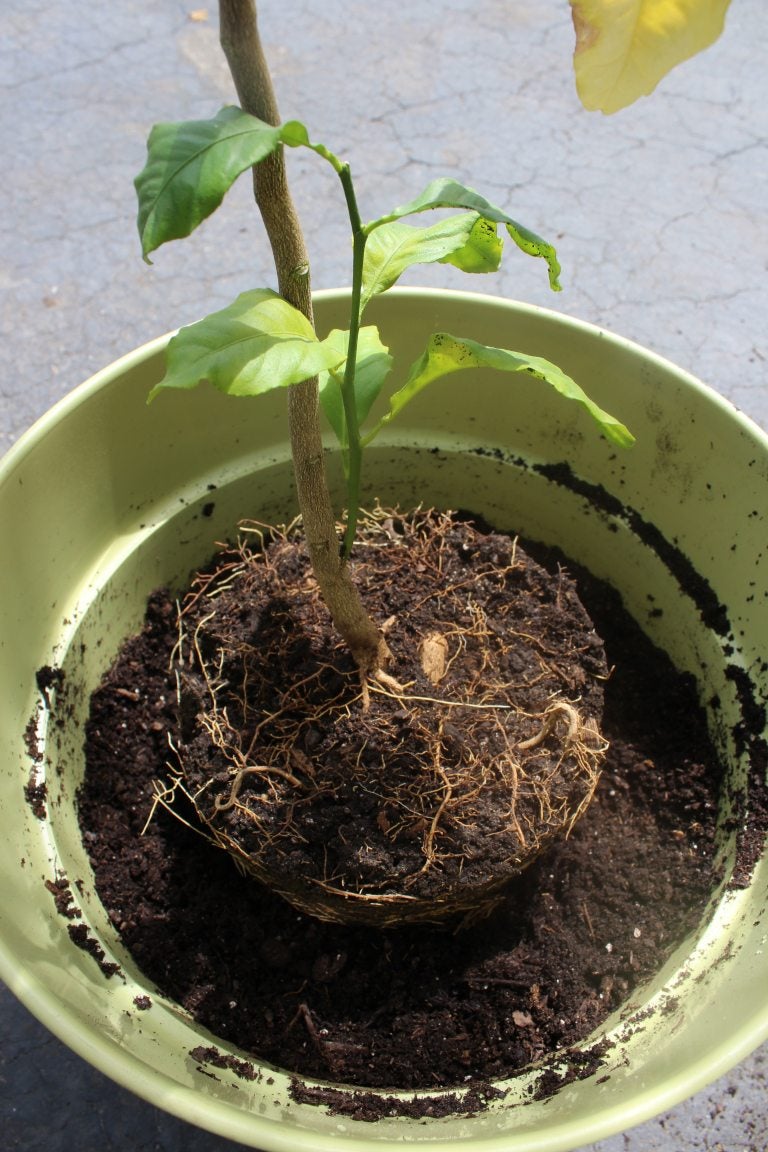

Are you seeing small tree shoots at the base of your lemon tree or new strange looking branches growing low on the tree trunk? These are most likely lemon tree sucker growth. Continue reading to learn about suckers on lemon trees and how to go about removing lemon tree suckers.
Tree Shoots at Base of Lemon Tree
Lemon tree suckers can grow from the roots and will grow out of the base of the tree and sprout right from the ground around the tree. Sometimes, this lemon tree sucker growth can be caused by the tree being planted too shallow. Building up a bed of soil and mulch around the tree base can help if you suspect your tree is too shallow. Other times new shoots may grow if the cambium layer under the bark has been nicked or cut. This can happen from mishaps with mowers, trimmers, shovels, or trowels used in the root area or animal damage. However, suckers are pretty common on fruit trees. Lemon tree suckers can also grow from the trunk of the tree below the graft union. Most lemon trees are made from grafting fruit bearing branches to dwarf or a more hardy resistant rootstock. The graft union in young trees is usually obvious as a diagonal scar; the bark on the rootstock may look different from the fruit bearing tree. As the tree ages, the graft union may scar over and look like just a bump around the tree trunk.
Removing Lemon Tree Suckers
Any lemon tree sucker growth below the plant’s graft union should be removed. These shoots grow quickly and vigorously, stealing nutrients from the fruit tree. These suckers produce thornier branches and will not produce the same fruit as the grafted lemon tree. Their quick growth allows them to quickly take over the fruit tree if ignored. There are various fruit tree sucker stopping products you can buy at garden centers and hardware stores. However, lemon trees can be very sensitive to chemicals. Removing lemon tree suckers by hand is much better than trying products that may damage the fruit bearing tree. If your lemon tree is sending out suckers from the roots around the tree, you may simply be able to control them by mowing. Lemon tree sucker growth on the trunk of the tree should be snipped back to the branch collar with sharp, sterile pruners. There are two schools of thought for removing lemon tree suckers around the base of the tree. If necessary, you should dig down as far as you can to find the base of the sucker. Some arborists believe you should then snap off these suckers, not cut them off. Other arborists insist the suckers should only be cut off with sharp, sterile pruners or loppers. Whichever way you choose to do it, make sure to remove any suckers as soon as you spot them.
Gardening tips, videos, info and more delivered right to your inbox!
Sign up for the Gardening Know How newsletter today and receive a free copy of our e-book "How to Grow Delicious Tomatoes".
-
 Looking For Plants To Give You The Soft And Fuzzies? Try These 5 Fuzzy Leaf Plant Options
Looking For Plants To Give You The Soft And Fuzzies? Try These 5 Fuzzy Leaf Plant OptionsLovers of texture, drama, silver foliage and tactile plants will adore these special sensory garden additions. These fuzzy leaf plant options will leave you all aglow
By Susan Albert
-
 Get Ready For A Summer Of Hummers! Grow These Full Sun Hummingbird Plants and Flowers
Get Ready For A Summer Of Hummers! Grow These Full Sun Hummingbird Plants and FlowersIf you’re lucky enough to enjoy a sunny backyard, make sure you are maxing out on your pollinator opportunities and grow these full sun hummingbird plants and flowers
By Tonya Barnett
-
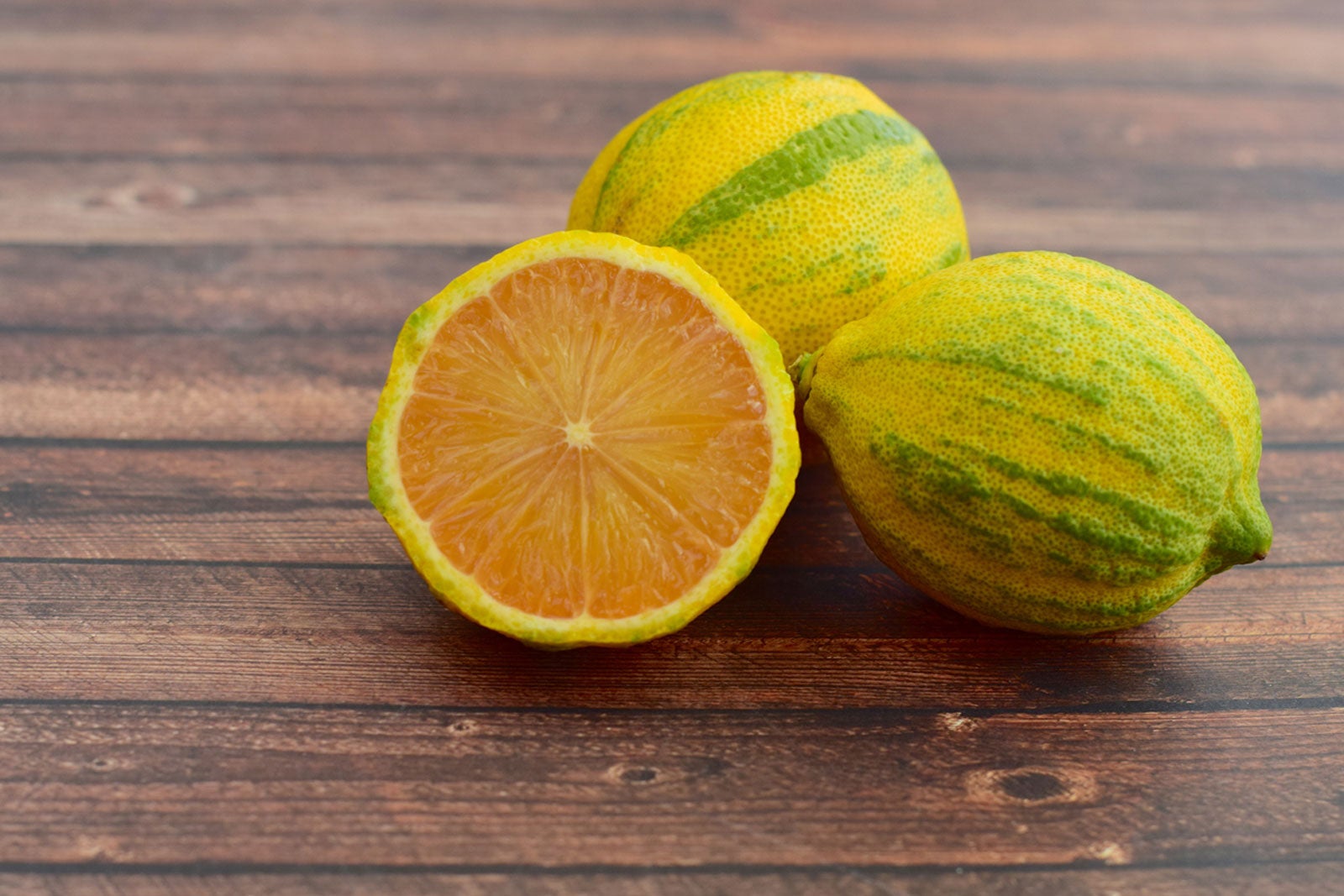 Eureka Pink Lemon Tree: How To Grow Variegated Pink Lemon Trees
Eureka Pink Lemon Tree: How To Grow Variegated Pink Lemon TreesFans of the quirky and unusual will love the Eureka pink lemon tree. These plants are beautiful and unique versions of the standard lemon tree. This little oddity produces flesh with a fascinating characteristic. Click here for tips on how to grow variegated pink lemon.
By Bonnie L. Grant
-
 Soft Lemon Fruit – Why Container Grown Lemons Have Gone Soft
Soft Lemon Fruit – Why Container Grown Lemons Have Gone SoftLemon trees produce marvelous fruit that is equally at home in sweet and savory recipes. But what happens if your lemons have gone soft? Lemons may get soft before they are ripe – be it soft lemons on a tree or soft lemon fruit that occurs during storage. Learn why here.
By Amy Grant
-
 Lemon Blossom Drop – Why Is My Lemon Tree Losing Flowers
Lemon Blossom Drop – Why Is My Lemon Tree Losing FlowersEnvironmental consistency is essential to flower and fruit set of lemon trees. Any sudden change can cause fruit or flower drop on lemon trees. Have you found yourself wondering: why is my lemon tree losing flowers? Click on this article for more information.
By Darcy Larum
-
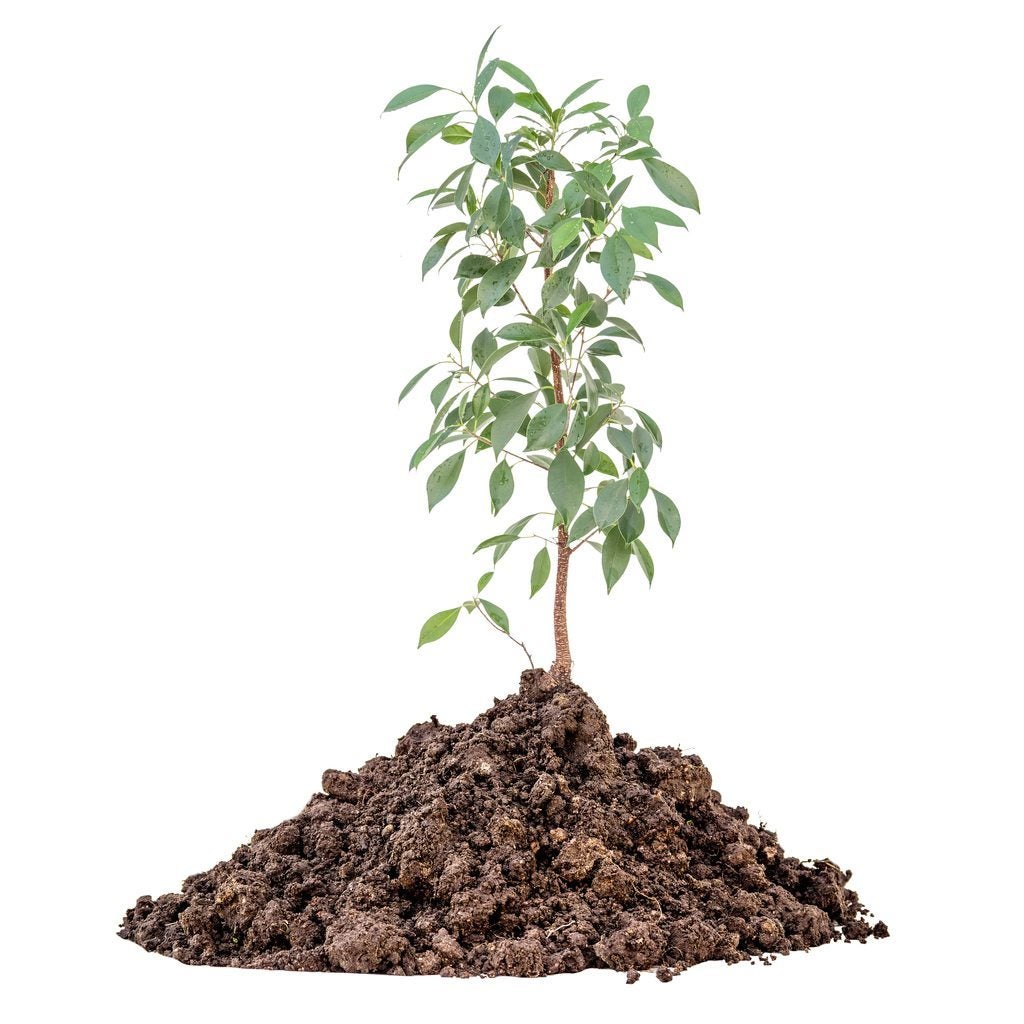 Transplanting A Lemon Tree – Best Time To Transplant Lemon Trees
Transplanting A Lemon Tree – Best Time To Transplant Lemon TreesLemon tree transplanting is a tricky prospect. Find out when the right time is to transplant lemon trees and other helpful information of lemon tree transplanting in this article before you take on this task. Click here for additional information.
By Amy Grant
-
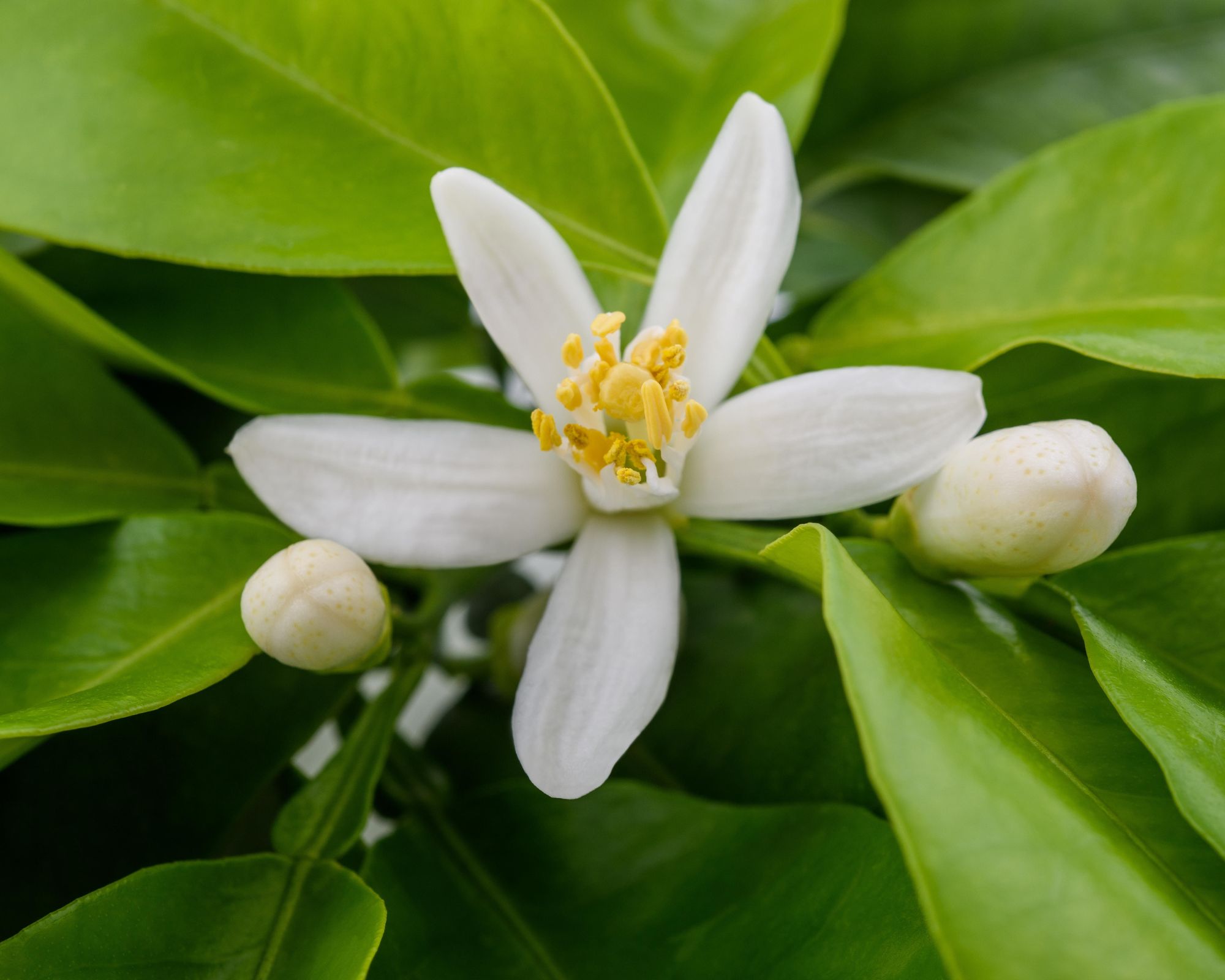 No Flowers On Lemon Tree – Tips For Getting Lemon Trees To Bloom
No Flowers On Lemon Tree – Tips For Getting Lemon Trees To BloomGrowing lemons is a tricky business, as one wrong move and you?ll find all your effort has been for nothing. Getting lemons to bloom is about balancing the plant?s needs. Learn about the various pieces in the blooming puzzle in this article.
By Kristi Waterworth
-
 Repotting Lemon Trees: When Do You Repot Lemon Trees
Repotting Lemon Trees: When Do You Repot Lemon TreesLemon trees grown in pots eventually outgrow their containers. When do you repot lemon trees? Click on the following article to find out when the best time to repot lemon trees is as well as how to repot a lemon tree.
By Amy Grant
-
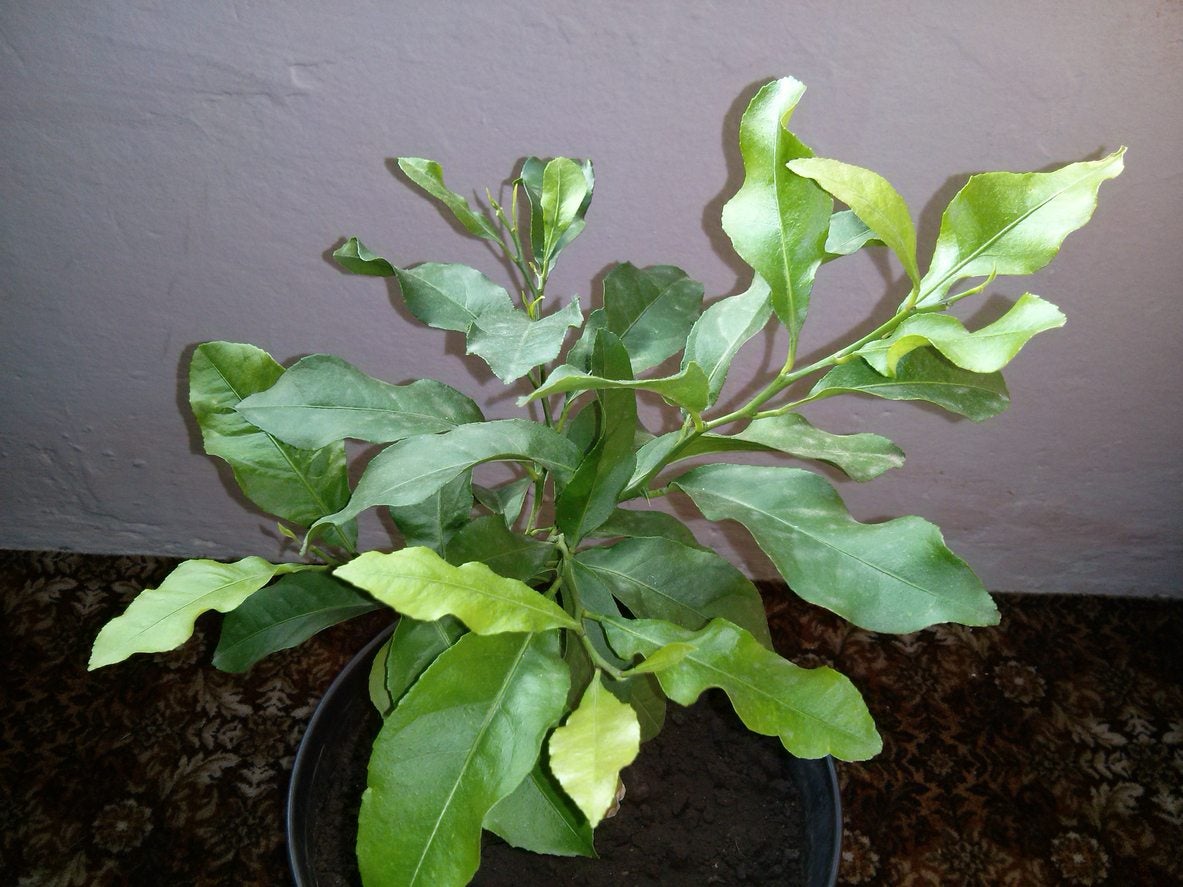 Yellow Lemon Tree Foliage – Why Did Lemon Tree Leaves Turn Yellow
Yellow Lemon Tree Foliage – Why Did Lemon Tree Leaves Turn YellowLemon trees are a great addition to the landscape, but sometimes your trees will develop problems like yellow leaves. This common issue can result from several different causes, but most are simple to correct. Click here to learn more about yellow lemon tree foliage.
By Kristi Waterworth
-
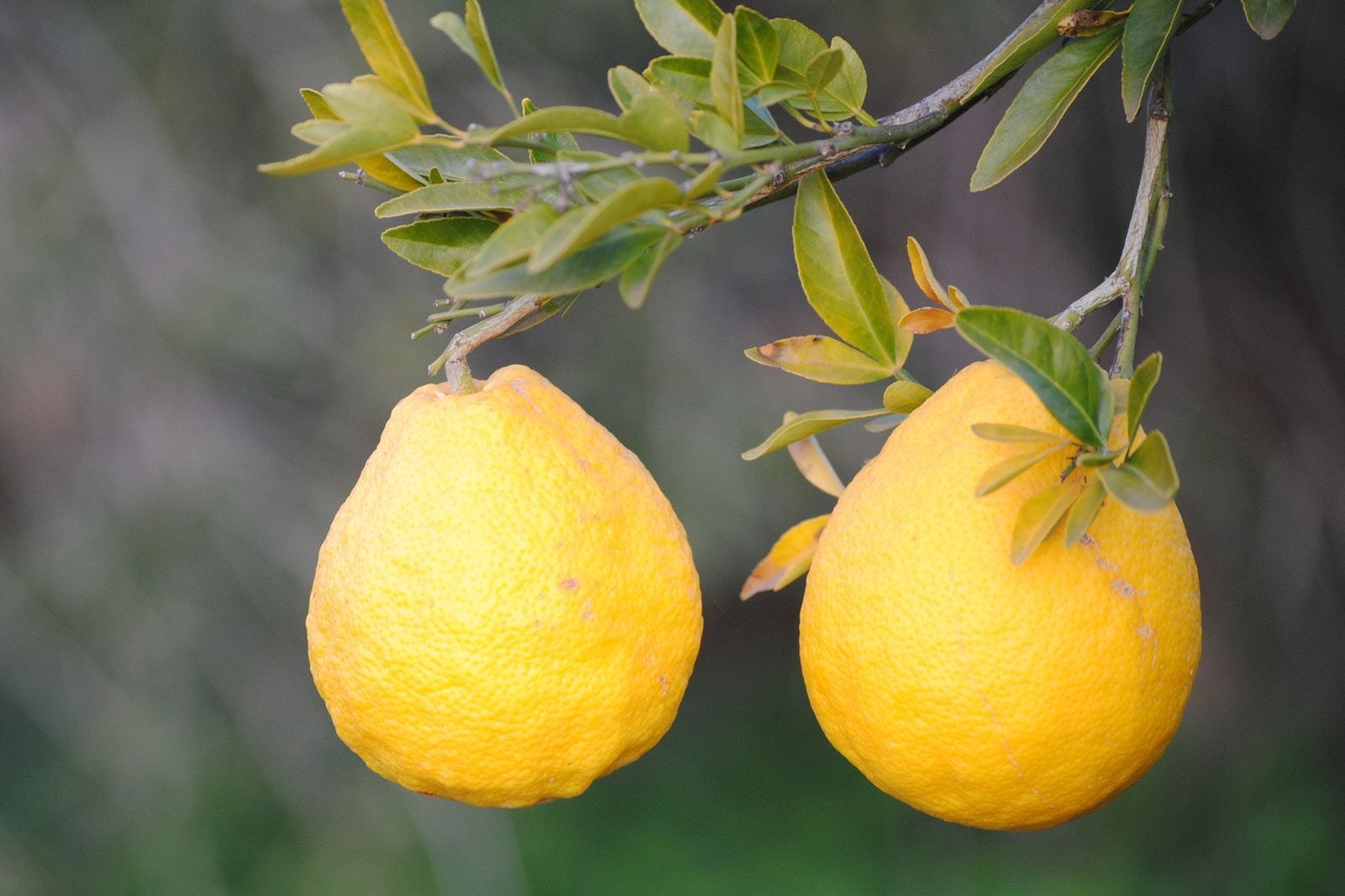 Sweet Lemon Information: Tips On Growing Sweet Lemon Plants
Sweet Lemon Information: Tips On Growing Sweet Lemon PlantsThere are a number of lemon trees out that claim to be sweet and, confusingly, several of them are just called "sweet lemon." One such sweet lemon fruit tree is called Citrus ujukitsu. Find out how to grow Citrus ujukitsu trees in this article.
By Amy Grant